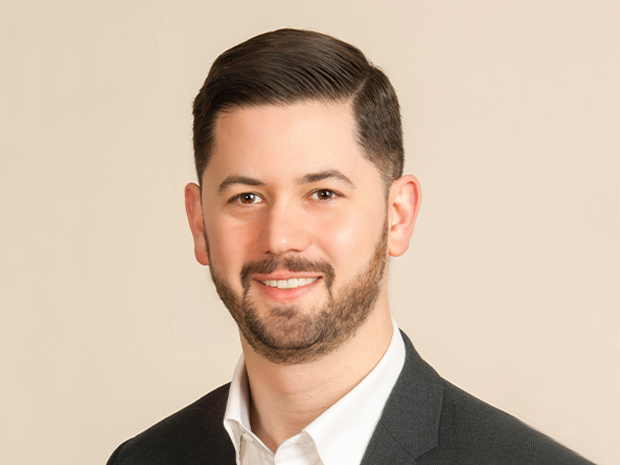Life science organizations, specifically pharmaceutical companies, commonly use speaker programs as a tool to market their products. Many organizations have also developed educational programs in conjunction with their speaker programs; these are designed to train physicians and other health care providers (HCPs) about prescription drugs and the benefits, risks and appropriate uses for patient care. Unfortunately, organizations run the risk of having their speaker programs, intended to be for educational purposes, give the appearance that the organizations are instead paying doctors to prescribe their medicine to patients.
In addition to looking bad, excessive payments by life science companies to doctors can have severe legal consequences. These payments can potentially violate multiple laws, including the Foreign Corrupt Practices Act (FCPA), the Anti-Kickback Statute (AKS) and the False Claims Act (FCA), while also exposing pharmaceutical companies to large penalties and fines.
In fact, in recent years, life science organizations have faced increased enforcement actions filed against them for such payments. For example, in the last decade, more than five1 of the world’s largest pharmaceutical companies were fined more than $2.2 billion2 in judgments, settlements and penalties by the Department of Justice (DOJ), Office of Inspector General (OIG) and the Securities and Exchange Commission (SEC) related to speakers programs addressing allegations such as:3
- Payments to physicians selected based on their prescribing volume rather than clinical knowledge, expertise or reputation
- Payments to physicians to speak on duplicative topics
- Payments to physicians to speak to their own staff, and payments for excessively expensive meals
Speakers programs have recently received national media attention following the May 2018 New York Times Magazine article, “The Pain Hustlers.”4 The article presents the story of Insys Therapeutics, a public pharmaceutical company known for its opiate products, making a connection that the speakers program contributed to the acceleration of the opioid crisis.
Like many life science organizations, Insys undertook a tremendous amount of research and development to create its product, Subsys. According to the New York Times, when Subsys was released, its sales were a disappointment, due to unrealistic expectations. This created pressure for the company to find a way to increase sales.
Management decided to establish a speaker program to help market the drug, and over the next year, net revenue for Subsys increased by 1,000 percent to $95.7 million. However, the New York Times reported that Insys speakers programs were not legitimate, and instead operated as a sham. For example, many events were dinners between prescribers, their friends and sales representatives. These prescribers were paid to present to a nonexistent audience, and induced to prescribe medicine through compensation in the form of bribes.
While Insys has suffered significant reputational damage from these allegations, its executives also face personal liability and criminal charges. In fact, the DOJ is using the Racketeer Influenced and Corrupt Organizations Act (RICO) to prosecute these individuals, a charge that is typically reserved for organized crime. While the various criminal proceedings are underway, in August, 2018, Insys announced a deal to pay $150 million to settle the DOJ investigation.5
This case, among others, has created heightened awareness for many organizations within the industry to remain vigilant of any potential wrongdoing and to take additional steps to implement controls that reduce risk.
In an effort to help pharmaceutical companies develop and monitor speaker programs, the Pharmaceutical Research and Manufacturers of America (PhRMA) Code on Interactions with Healthcare Professionals provides guidelines for interactions with clinicians.6 The PhRMA code asserts that pharmaceutical companies are responsible for monitoring their speaker programs for compliance with Food and Drug Administration (FDA) and other federal laws such as AKS and the FCA.7
Several questions and considerations to help distinguish a legitimate event from a sham event include:
- Honoraria: Does the speaker’s fee and travel accommodations appear reasonable with the length of the program? What evidence or methodology was utilized to determine the fair market value of compensation given the speaker’s national, regional or local presence and credentials? For example, if the speaker decides to stay at the location after the event, are these expenses being reimbursed? How frequently is a speaker giving a talk on the same or similar topics?
- Topic and materials: Is the speaker distributing presentation materials? Relevant presentation materials should be distributed to the attendees and retained as evidence of the event. For example, presentation materials should correspond to the presentation topic and the length of the program, and must be presented in their entirety. Who at the company reviewed the materials and are they compliant with relevant FDA guidelines?
- Venue: Is the venue a conducive learning environment? The event should be comfortable for learning purposes. For example, an event listed as being at a sporting event is a trigger that it may be for entertainment instead of educational purposes. In addition, are the meals provided modest or extravagant as judged by local standards?
- Attendees: Who is attending the programs, and are they in fact HCPs? Programs should have a complete attendee list that has a number of attendees that corresponds to the venue. For example, if an event at a small venue has long list of attendees, it is an indication that the list may be manipulated. Organizations should also consider requiring a sign-in sheet at each event to document who is in attendance.
The cost for noncompliance with these regulations is high, including fines, reputational harm, criminal enforcement and the potential for years of independent monitoring costs. Over the last 10 years, many of the largest pharmaceutical companies in the world have been ordered to obtain independent monitors because of settlements related to corporate integrity agreements (CIAs).
Ultimately, life science organizations that lack robust controls with respect to speaker programs continue to put themselves at risk. Therefore, companies must implement effective monitoring programs in order to reduce risk and potential reputational harm and promote compliance. These programs should conform with the PhRMA code and OIG guidelines.8



